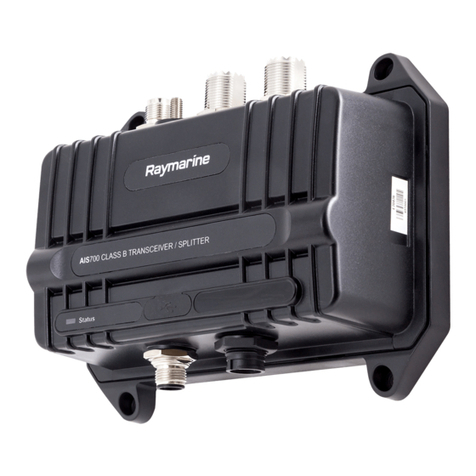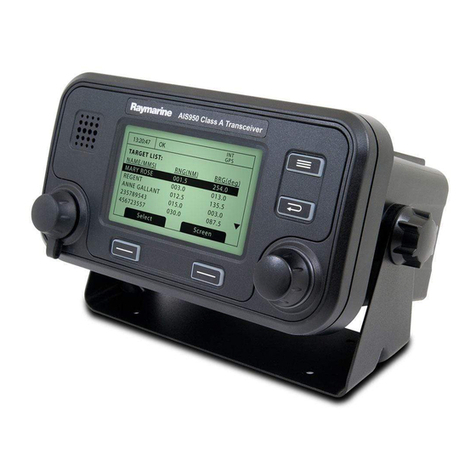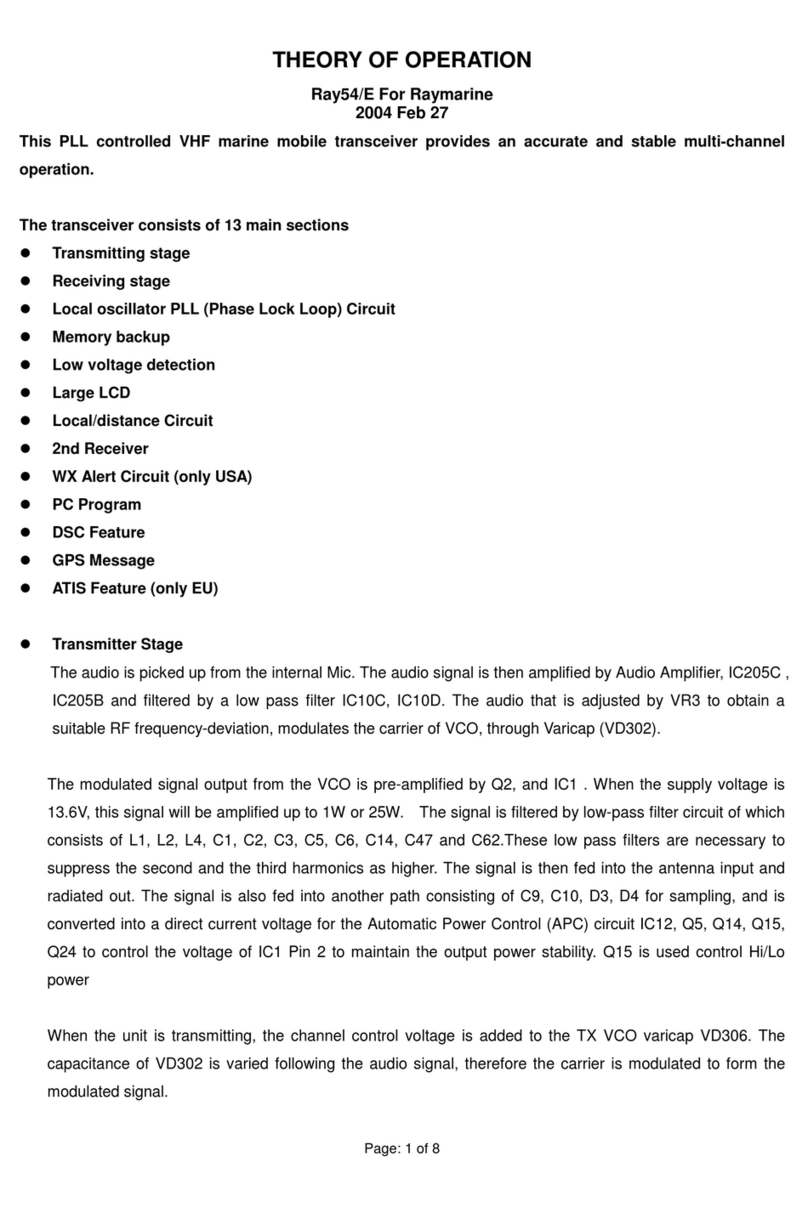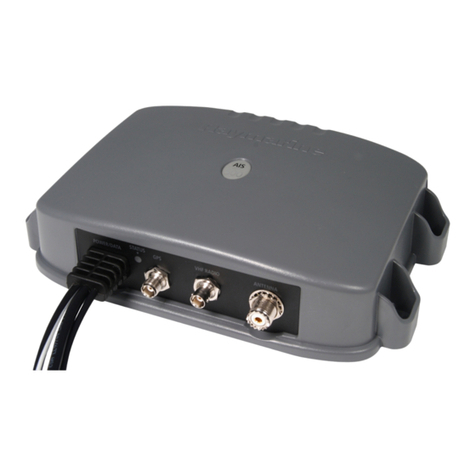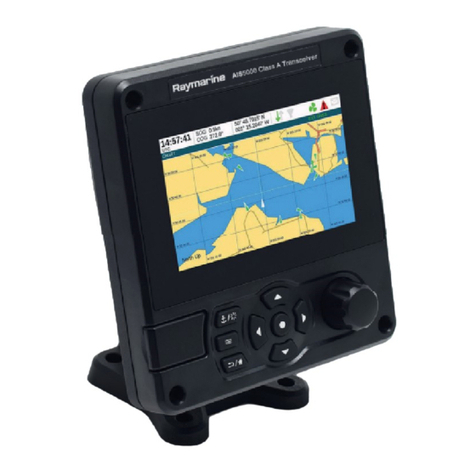
List of figures and tables
Page 8
List of figures and tables
Figure 1 The AIS network ..................................................................15
Figure 2 What’s in the box? ............................................................... 16
Figure 3 Typical AIS transceiver connection...................................... 18
Figure 4 Mounting the AIS transceiver............................................... 20
Figure 5 Desk mounting the AIS transceiver...................................... 21
Figure 6 Panel mounting the AIS transceiver..................................... 22
Figure 7 GNSS Antenna location ....................................................... 23
Figure 8 GNSS Antenna connection ..................................................24
Figure 9 VHF Antenna location ..........................................................25
Figure 10 VHF Antenna connection..................................................... 26
Figure 11 Serial input port connection ................................................. 27
Figure 12 14 Way connector cable wiring connections........................28
Table 1 14 Way connector serial data ports .....................................28
Figure 13 Serial bi-directional port connection..................................... 29
Figure 14 18 Way connector cable wiring connections........................30
Table 2 18 Way connector serial data ports .....................................30
Table 3 Alarm relay connections....................................................... 31
Figure 15 Power connection ................................................................ 32
Table 4 Power supply connections ...................................................32
Figure 16 Grounding the AIS transceiver.............................................33
Figure 17 Enter password screen ........................................................36
Figure 18 AIS Transceiver front panel .................................................37
Figure 19 Home page menu screen..................................................... 39
Figure 20 Main menu structure ............................................................ 40
Figure 21 Display layout....................................................................... 41
Table 5 Status indicators .................................................................. 43
Table 6 Alarms list ............................................................................46
Figure 22 Vessel dimension measurement..........................................50
Figure 23 Target list screen .................................................................53
Figure 24 AIS target symbols displayed...............................................54
Figure 25 Micro SD card Socket ..........................................................56
Figure 26 Convoy dimensions screen.................................................. 60
Figure 27 Blue Sign interface connection options................................ 62
Figure 28 Input port schematic............................................................. 63
